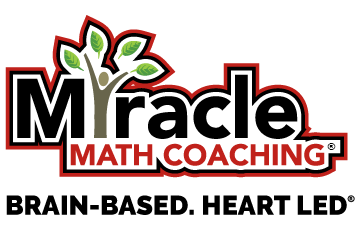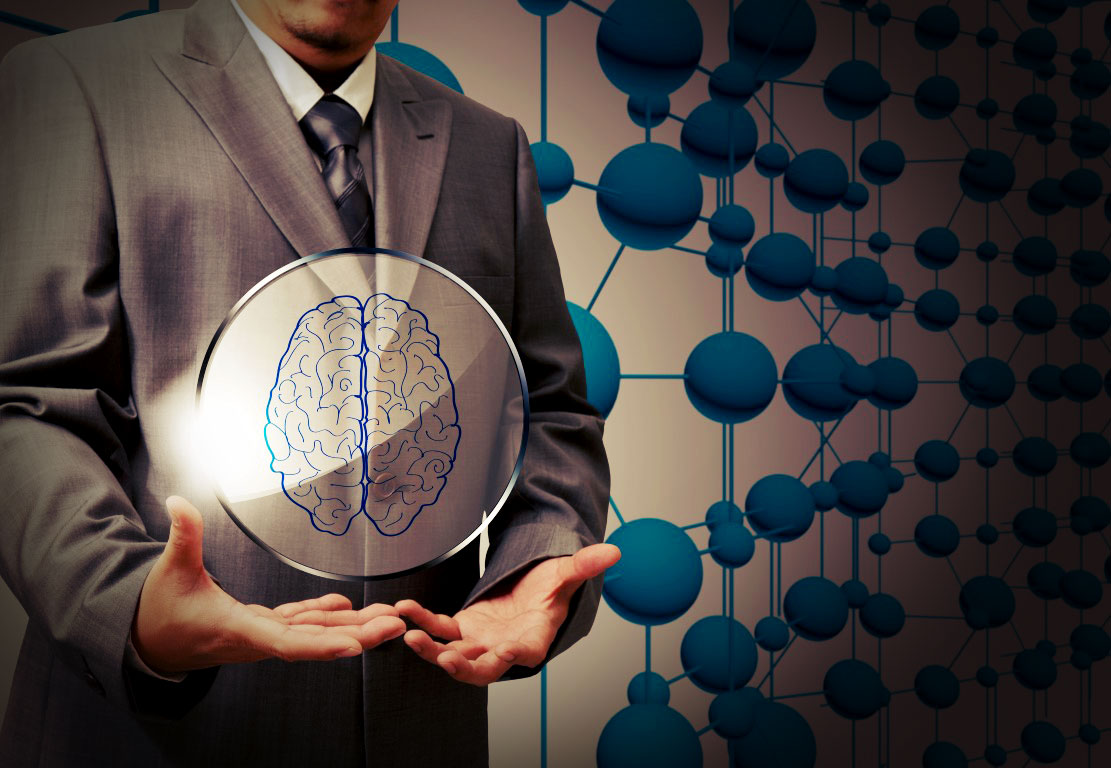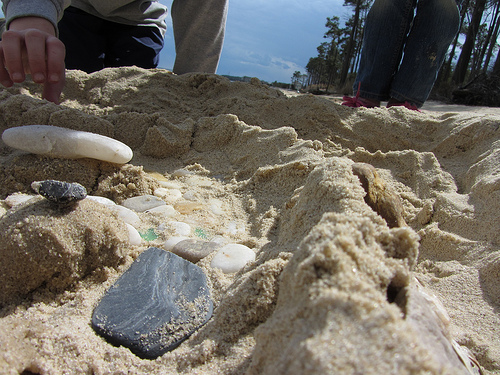The Learning Science of the Brain
For the past twenty years, pioneering research has dove deep into the workings of the brain. We now know that no two brains are exactly alike. By understanding of the capabilities of the brain, we can improve educational-based research, learning policies, and teaching practices.

New information pertaining to cognitive-based neuroscience teaches us how students learn. In this post, we will expound on a few main points pertaining to the science of the brain and the learning process.
Plasticity
According to research performed by neuroscientists, the brain has the unique ability to change – based on the demands in the environment. This is a specialized process referred to as “plasticity”. When this occurs, the body creates neuronal connections and strengthens those connections. Then, it either weakens or completely eliminates other neuronal connections. The level of modification depends heavily upon what type of learning is taking place.
Naturally, long-term learning results in higher levels of modification. While infancy and early childhood are periods when the highest level of learning occurs, it has been found that plasticity occurs well into the teenage and adult years. No two brains are alike; however, all brains have the capability of learning and experiencing the process of plasticity.
Environmental Components to Learning
According to research, nurturing is a critical component of success when it comes to the learning process. In order to maximize the potential of the learning science of the brain, parents, educators, and other adults in the child’s life must ensure that environmental circumstances are highly conducive to improving the functionality of the brain.
The components that have been found to condition both the body and the mind of a learning child include the social aspects of their life, their nutritional health, physical activity, as well as sleep. By taking advantage of these components, it is possible to improve the brain’s overall potential for high levels of plasticity and to optimally facilitate the entire learning process.

Emotional Enlightenment
The next method that educators, tutors, and parents are utilizing to optimize the learning process is emotional enlightenment. According to neuroscientists, the brain’s center has what is referred to as the “emotional brain”. According to evidence, emotions have the ability to completely re-sculpt the neural tissue in the brain.
Positive emotions optimize the learning experience, while negative emotions may detrimentally impact the learning experience.
The goal of educators should be to make the learning experience pleasurable. This, in conjunction with ensuring that the environment is positive and the body gets what it needs will help a child comprehend and utilize the skills needed to succeed in the classroom and beyond.
Resources:
http://general-psychology.weebly.com/how-do-we-learn.html
https://www.brainhq.com/brain-resources/brain-plasticity/what-is-brain-plasticity
https://faculty.washington.edu/chudler/plast.html







